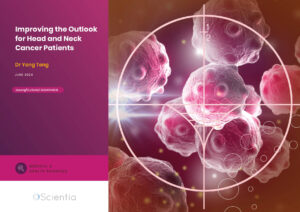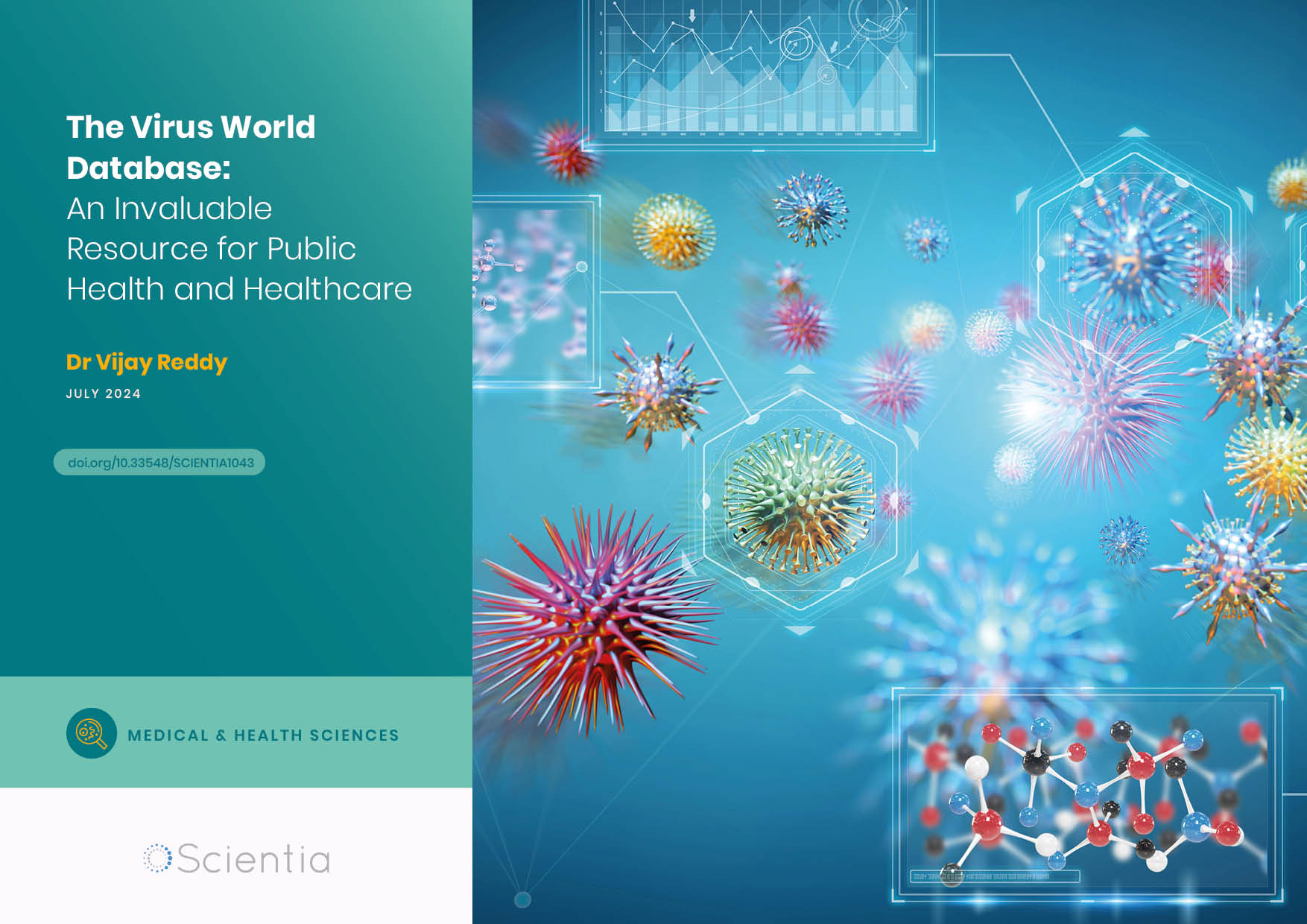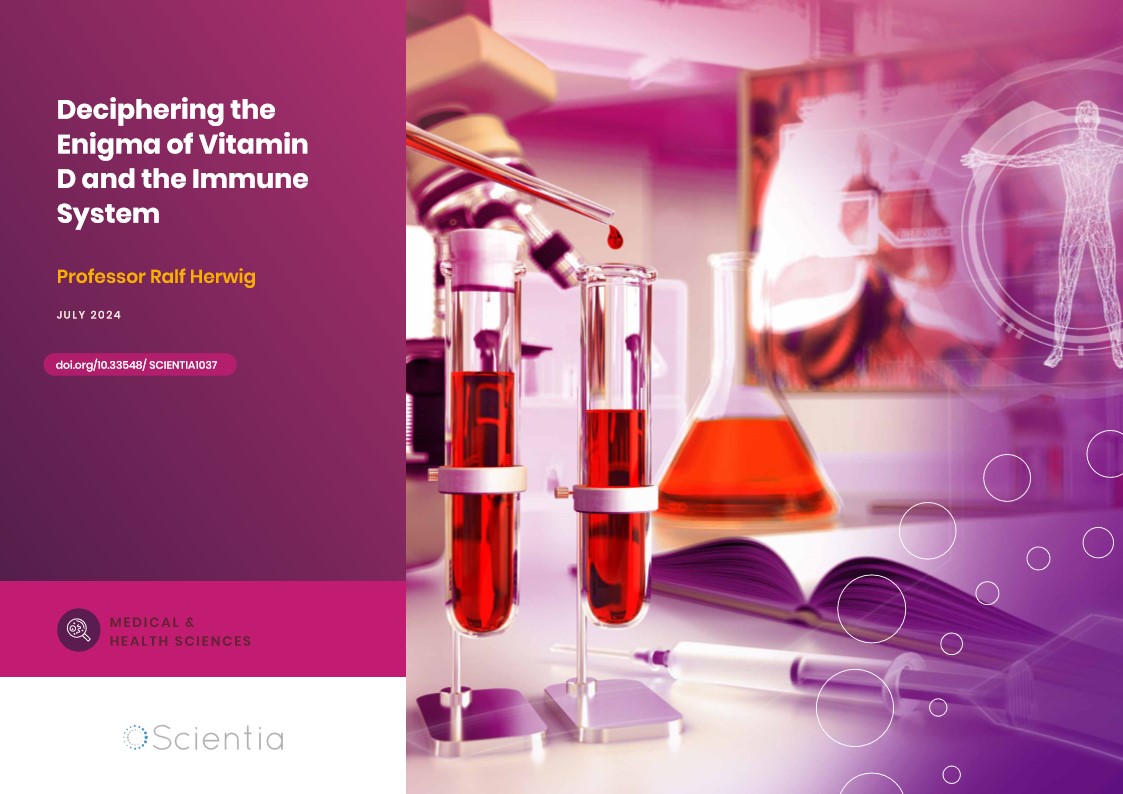Dr Yong Teng | Improving the Outlook for Head and Neck Cancer Patients
Dr Yong Teng at the Emory University School of Medicine is working with colleagues to overcome the high mortality of individuals diagnosed with cancers affecting the head and neck. One of his approaches is based on understanding the particular mechanisms of the ATAD3A gene, which new insights suggest are closely related to cancers affecting the head and neck.
Turning Around a Poor Outlook
Head and neck squamous cell carcinoma (HNSCC) is the umbrella term for cancers affecting the larynx (voice box), throat, lips, mouth, nose, and salivary glands. Almost all head and neck cancers are first found in the squamous cells that line the mucosal surfaces of the head and neck (for example, inside the mouth).
HNSCC features in the ten most prevalent cancers worldwide, and unfortunately, survival rates remain low. Recent estimates suggest that only half of those diagnosed with advanced HNSCC will live for a further five years. This poor outlook for patients with HNSCC fails to reflect the tremendous efforts undertaken over the past decades to improve the diagnosis and treatment of the disease.
Dr Yong Teng at the Emory University School of Medicine is a recognised expert in head and neck cancer research. He is dedicated to changing the bleak outlook currently faced by HNSCC patients. His starting point was noting that a specific gene – the ATAD3A gene, involved in many critical cellular processes – seemed to be involved in a high percentage of HNSCC tumours. And while the link between ATAD3A and human cancer is generally tenuous, he saw the need to better understand the molecular mechanisms by which the ATAD3A gene plays a specific role in the onset and development of HNSCC.

Mitochondria: Powerhouses of the Cell
To achieve this, Dr Teng needed to drill down to the very fundamentals of cell functioning. He focused on mitochondria, which are fundamental to energy production, cell metabolism, survival, and death. Most importantly, Dr Teng wanted to explore the biological behaviours of cells that facilitate cancer.
It was clear that this would be a complex task. Dr Teng saw that targeting the mitochondrial proteins involved in tumour development and progression would be critical. This specificity is paramount, as a heavy-handed approach would damage normal cells as well.
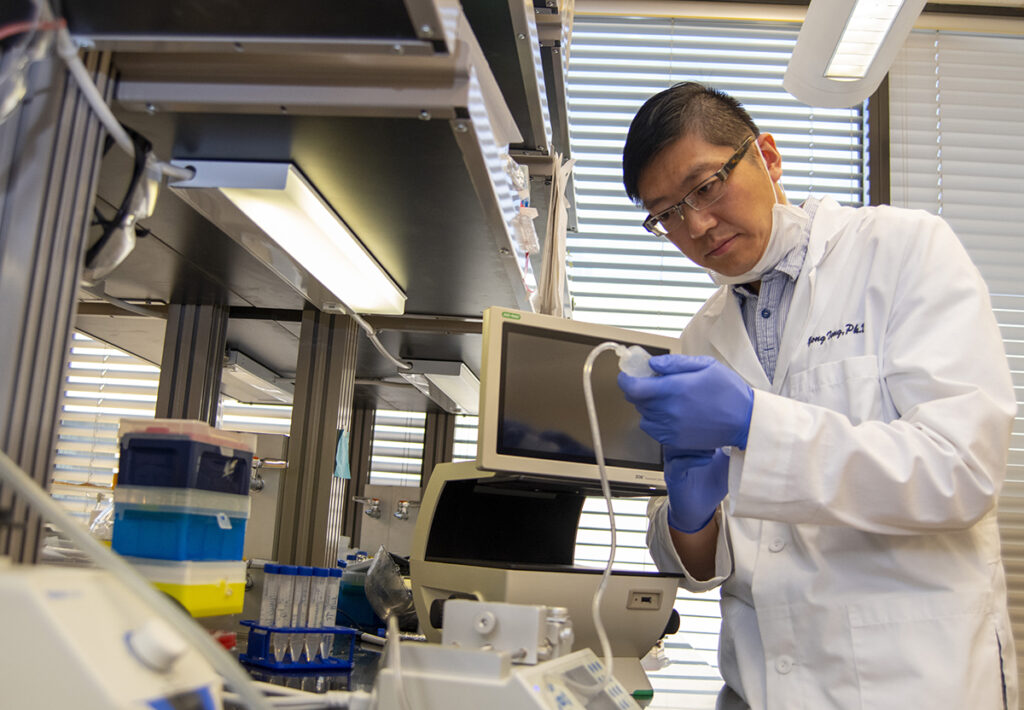
Driving the Development of Cancer
Dr Teng and his team focused primarily on the functional characterisation of ATAD3A in HNSCC. They reported for the first time that this gene serves as a mitochondrial oncoprotein, promoting the transformation of cells into tumours.
In an elegant series of experiments, Dr Teng and his team confirmed that mitochondrial ATAD3A functions as an ‘oncogene’ (a mutated gene with the potential to cause cancer). Most importantly, the team identified the novel mechanism through which ATAD3A exhibits this oncogenic role.
The risk factors for HNSCC are well-established and include human papillomavirus infection and tobacco smoking. Dr Teng was keen to explore the relative importance of these risk factors, and concluded that tobacco was not a direct cause but could function as an environmental trigger to upregulate ATAD3A expression in HNSCC cells
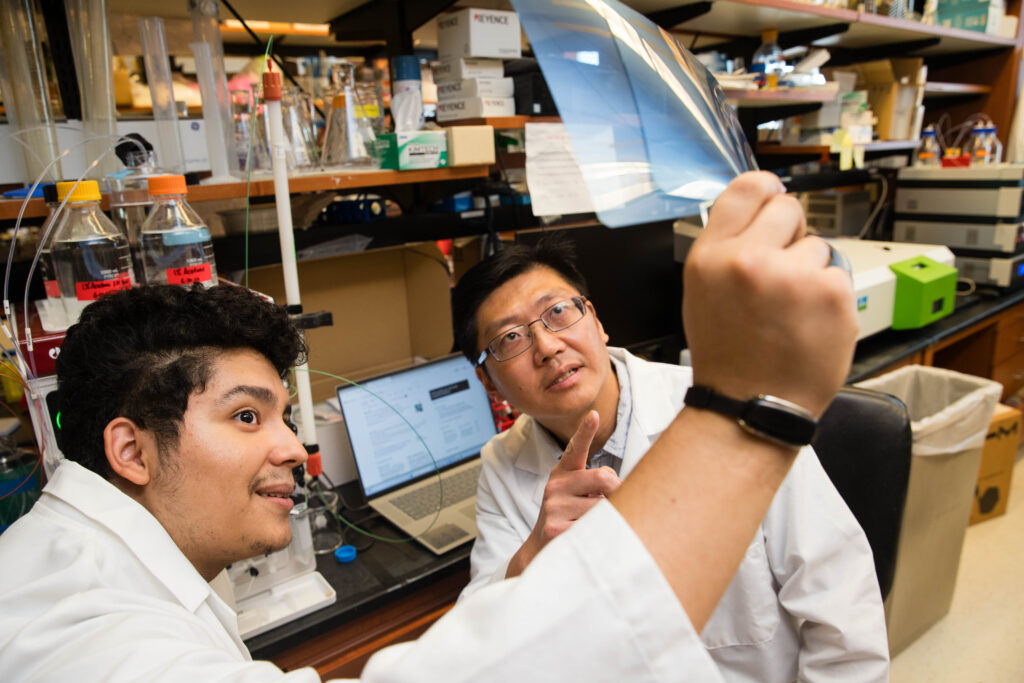
Future Research
Dr Teng now wants to understand the clinical significance of the ATAD3A gene in HNSCC patients with tobacco use and explore mechanisms underlying its contribution to smoking-related cancer development.
His work looking at mitochondria represents a new target for the development of novel anticancer agents. Of course, broadly targeting mitochondria may have disastrous effects as a treatment strategy, including inhibiting normal cell growth. Dr Teng proposes that more refined strategies will be critical to therapeutic development. Likewise, gaining mechanistic insights into these proteins will be vital for the clinical exploration of novel anticancer therapies.
Dr Teng explains that, at this stage of our understanding, ATAD3A dysfunction is required and sufficient to drive cancer development in HNSCC, and depleting it has significant therapeutic effects in reducing tumour burden. These novel findings provide a molecular basis for targeting ATAD3A to control HNSCC development. Cancer scientists and clinicians seeking to assess the feasibility of manipulating vital mitochondrial processes for therapeutic purposes have been provided with a firm basis from which to develop this important work.
SHARE
DOWNLOAD E-BOOK
REFERENCE
https://doi.org/10.33548/SCIENTIA1031
MEET THE RESEARCHER

Dr Yong Teng
Department of Hematology and Medical Oncology
Winship Cancer Institute
Emory University School of Medicine
Wallace H. Coulter Department of Biomedical Engineering
Georgia Tech and Emory University
Atlanta, GA
USA
Dr Teng is an Associate Professor in the Department of Hematology and Medical Oncology at Emory University and an Adjunct Associate Professor in the Wallace H. Coulter Department of Biomedical Engineering at Georgia Tech and Emory University. He is the inaugural recipient of the Winship Cancer Institute Wally Award and a member of the BME Program and BDCI at Emory University. He is also an active member of the International Head and Neck Scientific Group, the Royal Society of Medicine, the American Association for Cancer Research, and other professional organisations. While Dr Teng’s primary research interests lie in the tumour microenvironment, tumour metabolism, and metastasis, he also has extensive experience in translational cancer research and clinical biomarker studies. Dr Teng and his team utilise patient-derived organoids, 3D tumour perfusion systems, and preclinical animal models as the main research platforms to closely mimic the complex tumour microenvironment and study tumour biology and immunity in a more clinically relevant context. He has published over 160 papers in high-profile journals, including Nature Medicine, Science Advances, JAMA Oncology, Nature Communications, Journal of Hematology & Oncology, ACS Nano, Cancer Research, and Oncogene. In addition to his extensive publication record, Dr Teng has an exceptional commitment to serving the scientific community, including grant review panels, journal editorial boards, and international conference committees.
CONTACT
E: yong.teng@emory.edu
W: https://winshipcancer.emory.edu/bios/faculty/teng-yong.html
X: https://www.researchgate.net/profile/Yong-Teng-2
FUNDING
This work was supported by multiple grants from the National Institute of Health (NIH), Department of Defense (DoD), Georgia CORE Cancer Research Fund, Winship Cancer Institute, and Emory University.
FURTHER READING
L Lang, R Loveless, J Dou, et al., ATAD3A mediates activation of RAS-independent mitochondrial ERK1/2 signaling, favoring head and neck cancer development, Journal of Experimental & Clinical Cancer Research, 2022, 41(1), 43. DOI: https://doi.org/10.1186/s13046-022-02274-9
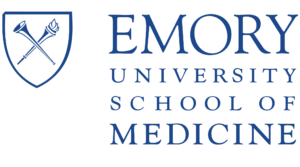
REPUBLISH OUR ARTICLES
We encourage all formats of sharing and republishing of our articles. Whether you want to host on your website, publication or blog, we welcome this. Find out more
Creative Commons Licence (CC BY 4.0)
This work is licensed under a Creative Commons Attribution 4.0 International License. 
What does this mean?
Share: You can copy and redistribute the material in any medium or format
Adapt: You can change, and build upon the material for any purpose, even commercially.
Credit: You must give appropriate credit, provide a link to the license, and indicate if changes were made.
SUBSCRIBE NOW
Follow Us
MORE ARTICLES YOU MAY LIKE
Dr Ralf Adam | New Technologies Shaping the Future of Oral Hygiene
Understanding the efficiency of various toothbrush technologies is essential for achieving optimal oral health. Dr Ralf Adam, who leads a dedicated team at Procter & Gamble in Germany, is keen to investigate the complexities of these technologies. His team have provided new insights into the best toothbrush types for plaque removal and the maintenance of gum health. By highlighting the importance of informed oral care decisions and ongoing investigations, this vital research works towards ensuring everyone can achieve a brighter, healthier smile.
Dr Toby Phesse | Revealing the Mysteries of Wnt Signalling: Novel Approaches to Beating Cancer
Cancer remains a leading cause of mortality worldwide, and the need for new, more effective treatments remains an urgent challenge. Dr Toby Phesse from Cardiff University in the UK focuses on the role of the Wnt receptor found on the surface of cells and its involvement with cell communication and cancer growth, bringing fresh hopes for new therapeutic options.
Dr Vijay Reddy | The Virus World Database: An Invaluable Resource for Public Health and Healthcare
Severe viral disease presents an ongoing challenge to the health of humankind. While unparalleled developments in science and technology are improving our understanding of such viruses, this information needs to be readily accessible to researchers to ensure continued progress in public health and healthcare. Dr Vijay Reddy and his colleagues at the Hormel Institute (University of Minnesota) developed the Virus World database, an invaluable resource that details the genome, structure, and host of practically every discovered virus to date.
Professor Ralf Herwig | Deciphering the Enigma of Vitamin D and the Immune System
Vitamin D has been studied as a treatment for a large number of diseases and conditions, from cancer to autism to COVID-19. However, its mode of action is not completely understood. Professor Ralf Herwig carries out his research at HG Pharma GmbH (Austria) and Ulster University (UK). His vital work explores the role of vitamin D in the body with a view to unlocking its potential as a treatment for a variety of health conditions involving the immune system.

